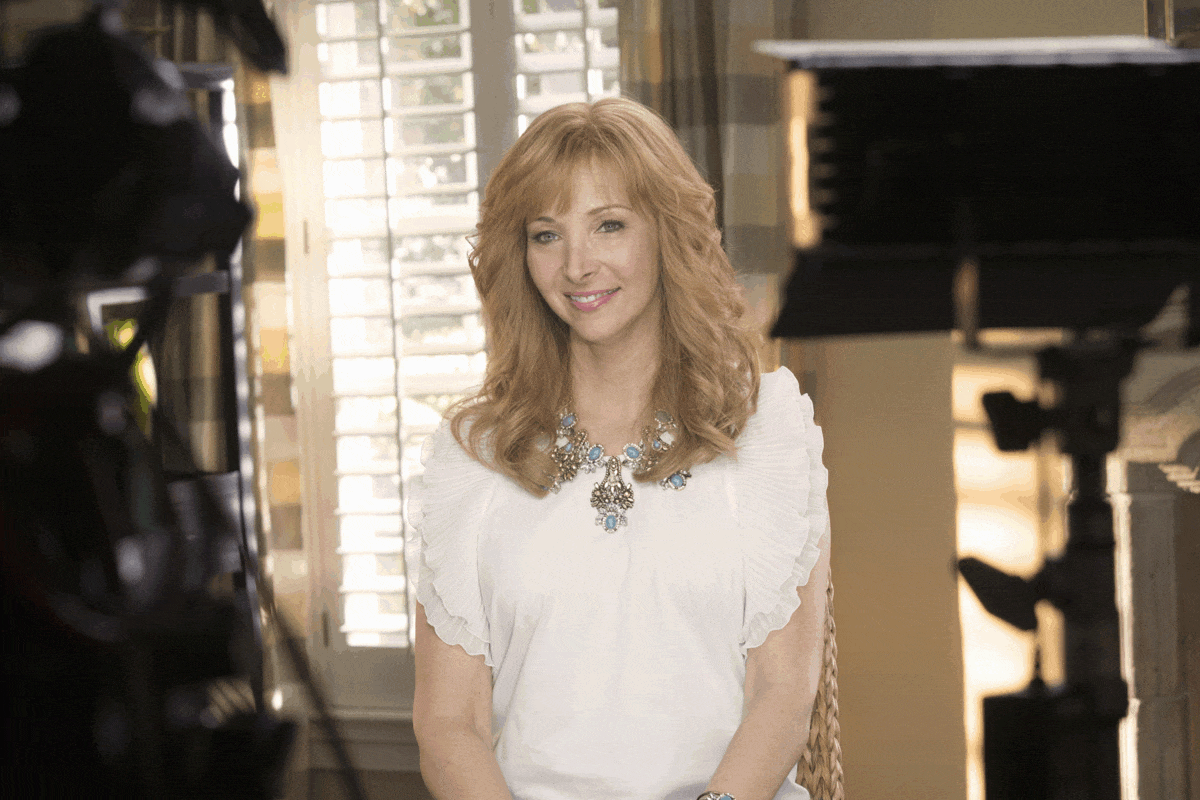TV REVIEW : Making Genetics Viewer-Friendly
- Share via
Mention the word biology and a glaze may form over most TV viewers’ eyes. Mention genetics , though, and watch the fear grow. The very legitimate concerns about the misuses of genetic engineering have stirred anew the kind of media-generated terror that fed camp sensibilities in 1950s science-fiction movies.
When friendly, gentle David Suzuki mentions the G-word, things tend to calm down. But rather than being the nice Trojan Horse for those big, bad geneticists plotting to redesign the planet, Suzuki is a scientist with a New Age heart. In the first episode of his new eight-hour series, “The Secret of Life,” it’s his fuzzy spiritualism, not gene dreams, that gets out of control.
The BBC-WGBH co-production airs in two-hour segments Sunday through Wednesday (at 9 each night on KCET-TV Channel 28, at 8 Sunday and 9 thereafter on KPBS-TV Channel 15).
Fortunately, Suzuki--as he did as host of “The Nature of Things”--maintains his scientific focus through the series (or at least the first four hours we viewed). Beginning with the life force of DNA, he shows how nature’s diversity--within and between species--begins with extremely subtle differences in the genetic code of organisms. He also arrives at conclusions that sometimes place him at incompatible poles of the philosophical spectrum.
The first segment, “The Immortal Thread,” explains the genetic building blocks and their commonality throughout the natural world. This leads Suzuki, alas, to conclude that “we are all one,” supported by New Age-y music. It’s the corniest sentiment imaginable with which to attract viewers usually resistant to science programs.
But a very different sentiment emerges on subsequent episodes, “Accidents of Creation” and “Birth, Sex and Death.” In the former, genetic mutation is explored as an essential life phenomenon: Without mutation, a diverse population of creatures could not stave off new diseases and biological diversity would be impossible. It’s a matter of chance, though, and not design.
In a similarly Godless way, the latter episode shows how human genes are coded to procreate, but not to prevent the aging process. Evolution works to preserve organisms until they pass along their genes; the rest of a life span is merely after-effect.
These are not the comfy-cozy notions that open “The Secret of Life,” but much harsher conclusions reached from science. The trendy pattern in pop science that began with Fritjof Capra’s “The Tao of Physics” in which Eastern mysticism and physics (read: science) were unconvincingly linked, reaches a dead-end with Suzuki. Genetics is about biological mechanics, how living things are built from the deceptively simple chemistry of DNA; rather than being interested in flawless patterns that might suggest a guiding higher intelligence, the cutting edge of genetics is concerned with the flukes, the “mistakes” in the system. There is nothing spiritual about them at all.
Indeed, it is these “flaws” that may be opening the door to cures for cancer, AIDS and other fatal diseases. Again and again, “The Secret of Life” documents scientists investigating what triggers diseases, and by identifying them, thwarting them. They have found that women with a Y chromosome are not freaks, but people with a slightly different genetic code.
UCLA researcher Dennis Slamon (amusingly shown hobnobbing with the Hollywood elite during a cancer research fund-raiser) has pinpointed oncogenes, which can promote breast cancer. In one of the great paradoxes of modern science, mapping nature’s errors may guide the way toward reversing sickness and death.
These investigations become telegenic here, as vivid graphics--showing, for instance, how “control genes” work or cells split--make the cellular world pulsate with action. A huge set design, though, which has Suzuki opening massive file cabinets storing millions of sheets of paper, doesn’t serve its metaphoric purpose to show how each of us is the sum of “files” of genetic information.
Visually, there’s no contest with the beauty of the DNA double helix, complex and simple, a kind of life river as it flows across the screen.
More to Read
The complete guide to home viewing
Get Screen Gab for everything about the TV shows and streaming movies everyone’s talking about.
You may occasionally receive promotional content from the Los Angeles Times.





